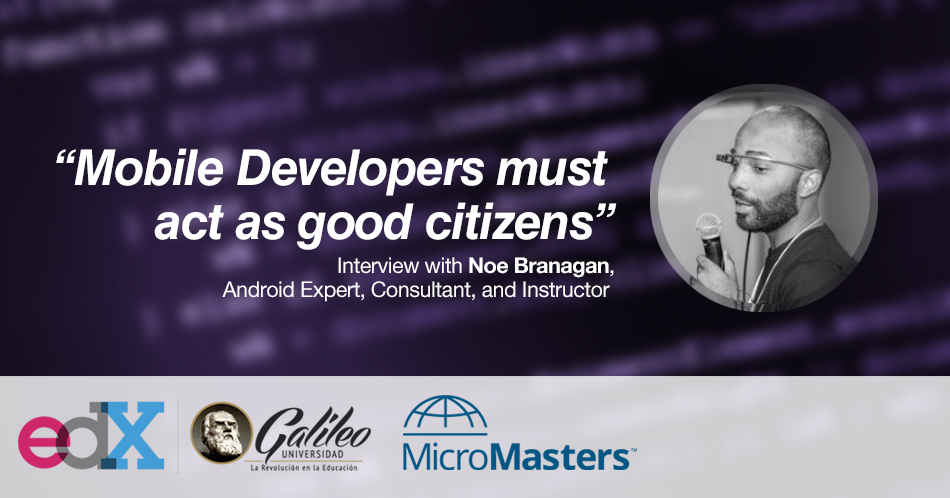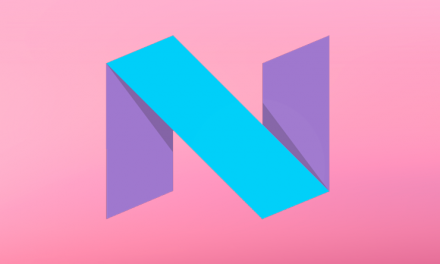Developing an app for the first time is a complicated process. Some of the main subjects you need to take into consideration include the methodology, the technology, the design, the performance, the security, and the analytics.
It’s very easy to see what all these topics have in common: they focus on the users. They have to be. After all, how are you going to be successful as a mobile developer without them?

This may seem obvious, but unfortunately it is something that developers don’t always have in mind. We gathered some of the best tips you need to keep in mind, from functional to visual aspects, when developing Android apps.
Best practices: secure your users
Keeping users data and information secure should be one of your top priorities in mobile app development. We know mobile apps are vulnerable and this is something you need to think about as you begin to build you application.
This implies an understanding of network components, authentication mechanisms, encryption of data when transferring personal information or data that has been stored in the cloud. Definitely, building data testing into the app.
The Future of Privacy Forum and the Center for Democracy & Technology put together an App privacy guidelines document for developers to follow, basically to foster trust and confidence in the mobile app ecosystem.
Best practices: be a good citizen
We talked to Noe Branagan, who has been a software developer for more than ten years and a Professor in the Professional Android App Development course, part of the MicroMasters program. He recommended considering the audience when developing and app:
“Developers must act like good citizens. A common mistake is to think our app would be the only one people are going to download. You should consider smartphone battery life, a quick response time if our app uses internet significantly but also visualize the app in situations when connectivity is not available”.
You should define your target group from the beginning and always keep them in mind. By thinking about your users profile, you’ll closer to defining their goals and challenges, and provide them with a real solution to their problems.
Improve experience
Usability and design are important elements for building a successful Android app. Be sure to make your app understandable for users, your adoption rate will increase if you make your app intuitive and user-friendly. Besides, always consider the power of a good design methodology. On this subject, Branagan states:
“Your app must impact users from the moment they see it on Google Play for the first time. This could be a meaningful difference to shine in the market. You should take some time to create and provide a good design and usability into the app. Android developers used to care more about the functional aspects than the visual aspects, this is switching now. You should start from User Experience and go backwards”.
Testing is key
Branagan considers that sometimes developers get stuck on is trying to fix problems people are not asking to be fix. Sometimes the simplest applications are the most addictive and the ones that stick the most.
He reminded us of the case of Flappy Bird or Instagram, for example. He recommends to integrate simple features to your app and see the ones that work and connect best with the audience.
Testing the app at each stage of development is crucial. Test its performance with real users and learn to appreciate their opinion in order to launch the best possible product. Also, consider to have a feedback mechanism like Social Media and to incorporate application analytics.
Besides this, it is important to be aware of the market trends and some of the winning ideas for app development in 2017.
According to Branagan, programming strongly urges creativity. It makes you realize you can create and develop your ideas. As Android Community continues growing and gathering developers to work together in all kinds of projects, they can reach different people from all over the world.
So, when you develop Android apps, What do you think that matters most besides the users?








